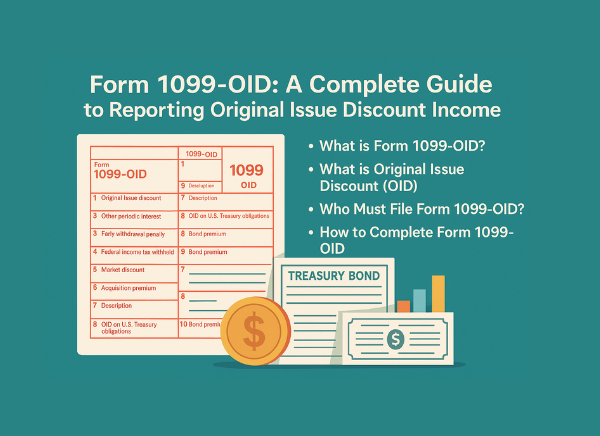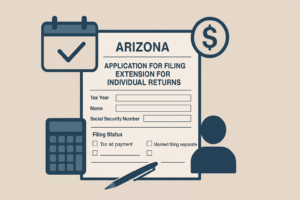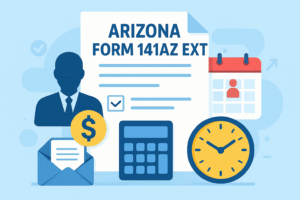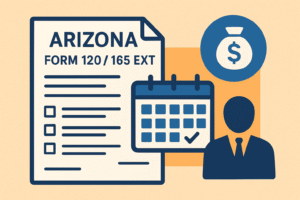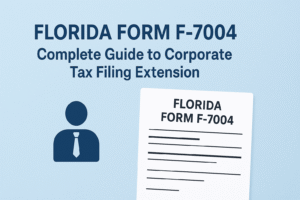In the world of fixed-income investing, understanding tax obligations is just as important as earning returns. One such obligation is reporting income from bonds and debt instruments issued at a discount. This is where IRS Form 1099-OID comes into play. If you invest in zero-coupon bonds, Treasury bills, or other discounted securities, or if you issue them, knowing how this form works is critical. This guide will walk you through what Form 1099-OID is, who must file it, how to complete it box-by-box, key deadlines, penalties for non-compliance, and what recipients should do when they receive the form.
What is Form 1099-OID?
Form 1099-OID (Original Issue Discount) is a federal tax form used to report interest income from debt instruments that are issued at a discount rather than paying traditional interest. The discount represents interest that accrues over time, and the IRS requires it to be reported annually, even if the investor hasn’t actually received any cash yet.
The IRS uses the information on Form 1099-OID to ensure that taxpayers accurately report their interest income on their tax returns. Issuers of these discounted instruments are responsible for furnishing the form to both the IRS and the recipients.
What is Original Issue Discount (OID)?
Original Issue Discount (OID) is the difference between a bond’s face value and its original issuance price. Rather than paying periodic interest, such instruments accrue income as they approach maturity. The IRS treats this increasing value as interest, and it must be reported incrementally each year.
Example:
If you buy a 10-year zero-coupon bond for $7,000 and it matures at $10,000, the $3,000 difference is OID. You must report a portion of that $3,000 as interest income each year, even though you won’t receive the full amount until maturity.
OID is often reported on Form 1099-OID, while traditional interest income is reported on Form 1099-INT.
Types of instruments with OID:
- Zero-coupon bonds
- Treasury Inflation-Protected Securities (TIPS)
- Certificates of deposit (issued at discount)
- Some mortgage-backed and asset-backed securities
- Bonds with deferred interest features
Who Must File Form 1099-OID?
Any person or institution that pays or credits OID of $10 or more to a U.S. taxpayer during the calendar year is required to file Form 1099-OID. This includes:
- Bond issuers (corporations, municipalities, etc.)
- Brokers and dealers in securities
- Financial institutions (banks, mutual funds, custodians)
- Government agencies (for Treasury securities)
If you’re an issuer, you must also:
- Furnish a copy to the recipient
- File Copy A with the IRS
- Keep Copy C for your records
When is the Deadline to File 1099-OID?
Staying on schedule is critical for avoiding late filing penalties. Here are the key deadlines for Tax Year 2025:
| Action | Deadline |
| Furnish Copy B to recipient | January 31, 2026 |
| File Copy A with the IRS (paper) | February 28, 2026 |
| File electronically with the IRS | March 31, 2026 |
Note: If you’re required to file 10 or more information returns in total (including all 1099 forms), you must file electronically.
Information Required to File 1099-OID
Before you begin preparing Form 1099-OID, collect the following information:
- Payer details: Name, address, and TIN
- Recipient details: Name, address, and TIN (from Form W-9)
- CUSIP number (if applicable)
- Account number (for identification)
- OID amount accrued during the year
- Early withdrawal penalties (if any)
- Description of the debt instrument
- Backup withholding amount (if applicable)
- Market discount or bond premium (if applicable)
- State and local tax details (if reporting to state agencies)
Failure to obtain accurate recipient information using Form W-9 may trigger backup withholding and reporting complications.
How to Complete Form 1099-OID (Box-by-Box Instructions)
Here’s a breakdown of each box on Form 1099-OID and how to fill it out:
- Box 1: Original issue discount for the year
Enter the total amount of OID accrued during the year for the security. - Box 2: Other periodic interest
Report any additional interest paid on the instrument, outside of OID. - Box 3: Early withdrawal penalty
Report penalties imposed for early withdrawals (common with discounted CDs). - Box 4: Federal income tax withheld
Include any backup withholding (24%) if the recipient didn’t provide a valid TIN. - Box 5: Market discount
Enter the accrued market discount amount, if applicable. - Box 6: Acquisition premium
Report any premium paid by the investor over the adjusted issue price. - Box 7: Description
Provide a short description of the instrument (e.g., “T-Bill 2025”). - Box 8: OID on U.S. Treasury obligations
Specifically report OID on Treasury securities. - Box 9: Investment expenses
Applies to single-class REMICs only. Most filers will leave this blank. - Box 10: Bond premium
If the investor paid a premium on the bond, report it here. - Boxes 11–13: For tax-exempt obligations and private activity bonds (only if applicable).
- Boxes 14–15: For state income tax information, if filing with state agencies.
What Are the Copies of 1099-OID?
Form 1099-OID includes multiple copies for various parties:
- Copy A – Sent to the IRS (use red scannable paper if filing by mail)
- Copy B – Given to the recipient (taxpayer)
- Copy C – Retained by the payer (issuer)
- Copy 1 – Filed with the state tax department (if required)
- Copy 2 – Provided to recipient for state tax reporting
Ensure each copy is distributed correctly to avoid compliance issues.
How to File 1099-OID
1. Paper Filing
- Complete Form 1099-OID and send Copy A to the IRS with Form 1096 (summary form).
- Use machine-readable red ink forms — no photocopies allowed.
2. Electronic Filing
- Use the FIRE system (Filing Information Returns Electronically) at https://fire.irs.gov.
- Required if you’re filing 10 or more information returns.
- No need to submit Form 1096 when e-filing.
Pro tip: Consider using IRS-authorized tax software or a third-party provider to simplify the e-filing process.
What Are the Penalties for Not Filing 1099-OID?
If you fail to file or furnish Form 1099-OID on time, the IRS may impose penalties based on how late you are:
| Filing Timeframe | Penalty per Return |
| Up to 30 days late | $60 |
| 31 days late to August 1 | $120 |
| After August 1 or not filed | $310 |
| Intentional disregard | $630+ |
Backup Withholding Risk
If the payer does not obtain a valid Form W-9, they must:
- Withhold 24% of the payment as backup withholding
- Report it in Box 4
- Remit the withholding to the IRS
Always request a completed W-9 before issuing debt instruments to U.S. persons to avoid these complications.
How to Extend the 1099-OID Deadline
Need more time? You can request extensions for both the IRS and recipient deadlines:
1. IRS Filing Deadline Extension
- File Form 8809 before the due date (Feb 28 or Mar 31)
- Grants an automatic 30-day extension
2. Recipient Deadline Extension
- Use Form 15397 to request an extension for furnishing recipient copies
- Must provide a valid reason and submit by January 31
What Should Recipients Do with Form 1099-OID?
As a recipient (investor or bondholder), here’s what you need to do:
- Review the form for accuracy
- Report the OID in Box 1 and any interest from Box 2 on Schedule B of Form 1040
- Claim any tax withheld in Box 4 as a payment when filing your tax return
- Keep the form for your records
- Contact the issuer if any information is incorrect and request a corrected version
Failing to report OID income may trigger IRS notices or audits.
Final Thoughts
Form 1099-OID may seem complex, but it plays a vital role in reporting taxable interest income from discounted debt instruments. Whether you’re issuing the instrument or investing in one, compliance is essential. Understanding deadlines, completing the form correctly, collecting W-9s, and avoiding penalties ensures smooth tax reporting and peace of mind.
As IRS scrutiny around information returns grows, accuracy and timely filing are more important than ever. Stay proactive, stay compliant, and when in doubt — consult a tax professional.

